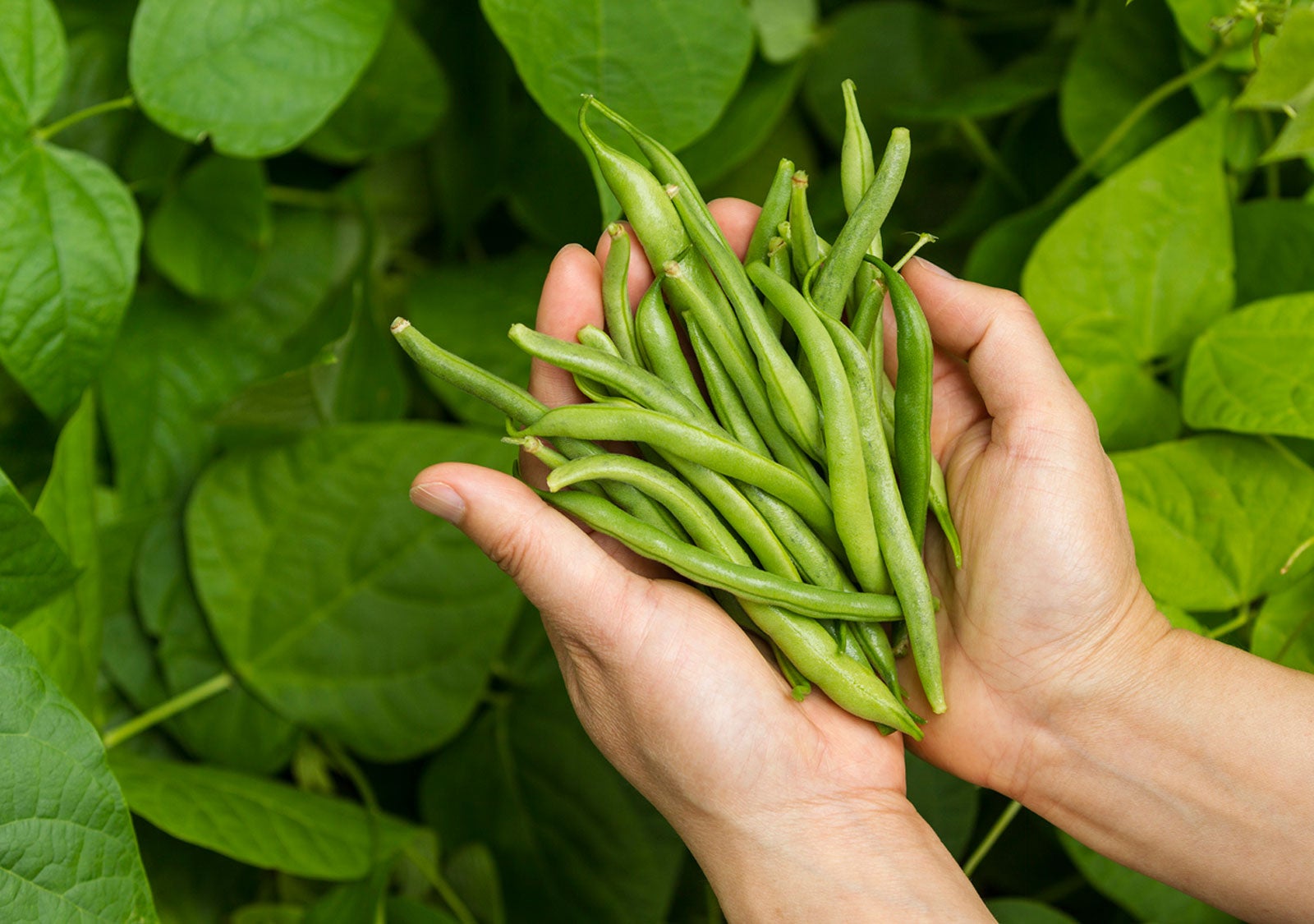Tendercrop Green Beans: How To Plant Tendercrop Beans


Tendercrop bush beans, also sold by the name of Tendergreen Improved, are an easy-to-grow variety of green beans. These are a favorite with proven taste and texture. Featuring stringless pods, they are easy to get ready for cooking. These green beans are low maintenance if provided with the basics of care. Read on to learn more.
How to Plant Tendercrop Beans
When you begin growing Tendercrop beans, plant them in the right soil, in an appropriate location for an easy and productive growing season.
Get bean seeds in the ground as early as possible. Plant them when all danger of frost is passed. Temperatures will have warmed by then. This includes soil temperatures. Wait about 14 days past your last frost date.
These beans grow in USDA hardiness zones 5 to 11. Learn your zone and find out the best time to plant in your area. They take approximately 53 to 56 days to reach maturity. Those in warmer zones have time to plant an additional crop for families that love green beans.
Prepare the planting bed ahead of time. Remove weeds and grass, then till the soil to about 12 inches (31 cm.) down. Mix in compost or other amendments to improve soil fertility for this crop. Green beans like a slightly acidic soil, with a pH of about 6.0 to 6.8. Take a soil test if you’re not aware of your soil’s current pH level.
Growing Tendercrop Beans
These meaty, stringless pods grow prolifically. Plant seeds 2 inches (5 cm.) apart in 20 foot (6 m.) rows. Make the rows 2 feet apart (61 cm.). Some growers use a layer of compost between the rows to keep weeds down. This also enriches the soil. You may use mulch to keep weeds from sprouting too. The roots of Tendercrop green beans don’t like competition from weeds.
Keep the soil moist after planting seeds. Expect them to sprout in about a week. Thin them out when they are 3 or 4 inches (8-10 cm.). Cultivate around plants regularly until blooms develop, then stop. Any disturbance may cause blooms to fall off.
Gardening tips, videos, info and more delivered right to your inbox!
Sign up for the Gardening Know How newsletter today and receive a free copy of our e-book "How to Grow Delicious Tomatoes".
Learn to water green beans properly if there is no rain. This helps provide a better harvest. Keep the soil moist, but not soggy. Provide about an inch (2.5 cm.) of water per week to bean plants. Water at the base of the plant, getting the roots but not the foliage wet. This helps you avoid diseases such as root rot and fungal issues that spread through splashing water. Use a slow stream of water instead of blasting the plant. You may use a soaker hose at low volume on each row. Let the water trickle onto the roots when watering by hand.
Allow the soil to dry out before harvesting the beans. Harvest when beans are about 4 inches (10 cm.) long. Cook right away or try canning the harvest beans or blanch to freeze.

Becca Badgett was a regular contributor to Gardening Know How for ten years. Co-author of the book How to Grow an EMERGENCY Garden, Becca specializes in succulent and cactus gardening.
-
 Zinnias On Repeat: 10 Glorious Cut-And-Come-Again Varieties For Endless Summer Bouquets
Zinnias On Repeat: 10 Glorious Cut-And-Come-Again Varieties For Endless Summer BouquetsThese zinnia varieties keep giving all summer, making them the perfect choice for dedicated cutting gardens – or just the occasional homegrown bouquet.
By Ellen Wells
-
 Create A Romantic Garden Straight Out Of Bridgerton: Regency Era Romance In Your Garden
Create A Romantic Garden Straight Out Of Bridgerton: Regency Era Romance In Your GardenTry some romantic garden ideas straight out of Bridgerton. Flowers and gardens in the Regency era were lush and charming and you can get the same look!
By Bonnie L. Grant